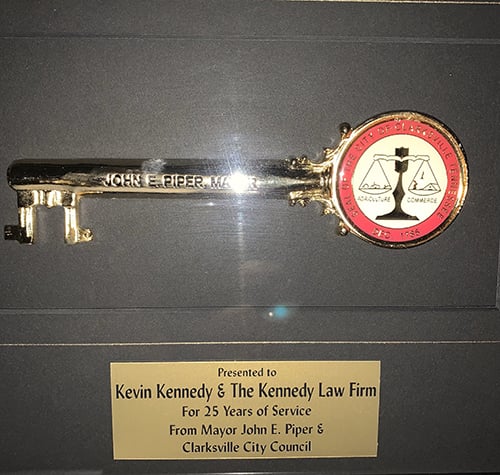Conduct & causation
Conduct
A defendant’s conduct does not constitute a criminal offense unless the conduct is prohibited by a statute, a municipal ordinance, or a rule. The word “conduct” means an act or a failure to act. The word “conduct” also includes the defendant’s mental state. The word “act” is defined as a voluntary movement of the defendant’s body. The word “act” includes speech. The defendant’s failure to act, which is also known as an omission, does not constitute an offense unless a statute, a municipal ordinance, or a rule provides that the defendant had a duty to act.
A defendant commits a criminal offense only if he or she voluntarily engages in conduct prohibited by a statute, a municipal ordinance, or a rule. The defendant cannot be subjected to criminal liability for an accidental act. If the defendant voluntarily engages in certain conduct refers only to the defendant’s physical body movements. It does not refer to threats, coercion, or the results of the defendant’s free will. That a voluntary act also includes an involuntary act is irrelevant. Also, that the defendant’s conduct was unintentional does not render the act involuntary.
An indictment or information charging a defendant with a criminal offense is not required to allege that the defendant’s conduct was voluntary, unless voluntary conduct is an essential element of the offense. The defendant’s claim that his or her conduct was involuntary is a defense that must be raised by the defendant. A trial court does not need to charge a jury on the issue of voluntariness unless the issue is raised by the evidence. A claim of duress does not raise the issue of voluntariness because it does not involve a physical body movement.
If a defendant’s conduct was involuntary is separate from the issue of if the defendant’s conduct was unintentional. Unintentional conduct is not necessarily involuntary conduct. Unintentional conduct refers to the defendant’s mental state. Involuntary conduct refers to the defendant’s physical body movements.
Causation
A defendant is criminally responsible for his or her conduct if the result of his or her conduct would not have occurred without his or her conduct. In other words, the defendant’s conduct must cause the result. The defendant’s conduct does not have to solely produce the result. It may occur concurrently with another cause. This is called a concurrent cause. If the concurrent cause was independent of the defendant’s conduct and was sufficient to produce the result, the defendant did not cause the result.
A trial court does not need to charge a jury on the issue of causation, unless the evidence shows that some conduct other than a defendant’s conduct resulted in a criminal offense. However, if a charge on causation is given, the jury is required to apply the law regarding concurrent causation to the facts of the defendant’s case.
Even though a defendant may have intended to commit another crime, the defendant may nevertheless be responsible for the result of his or her conduct. This concept is called the doctrine of transferred intent. The defendant’s intent to commit one crime is transferred to the crime that the defendant committed. For example, if the defendant intended to shoot one person and accidentally shoots another person, the defendant’s intent to shoot the first person is transferred to the second person.
A trial court may charge a jury on transferred intent, even if an indictment or information does not mention transferred intent. However, the charge on transferred intent must correctly apply the law of transferred intent to the facts of a defendant’s case.


